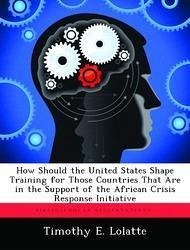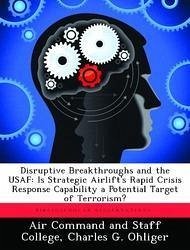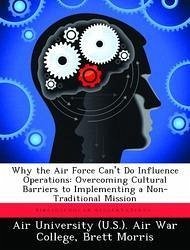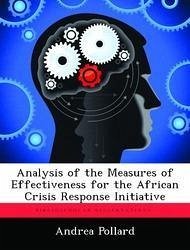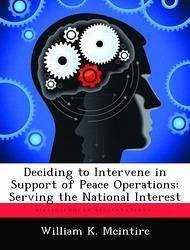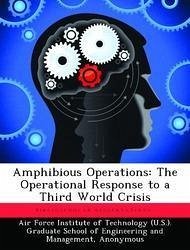
Amphibious Operations: The Operational Response to a Third World Crisis
Versandkostenfrei!
Versandfertig in über 4 Wochen
52,99 €
inkl. MwSt.

PAYBACK Punkte
26 °P sammeln!
With the current changes in world structure, alliances and the reduction in the size of the armed forces of the U.S., operational art and AirLand Battle become increasingly important as concepts. FM 100-5, Operations, published in 1986, establishes what operational art is, yet this concept is usually associated with a European scenario and mature theater of war. With the current changes taking place in the world, it becomes increasingly possible that future crises and commitment of forces will be in the Third World region. Even with this change in focus, an understanding of the operational lev...
With the current changes in world structure, alliances and the reduction in the size of the armed forces of the U.S., operational art and AirLand Battle become increasingly important as concepts. FM 100-5, Operations, published in 1986, establishes what operational art is, yet this concept is usually associated with a European scenario and mature theater of war. With the current changes taking place in the world, it becomes increasingly possible that future crises and commitment of forces will be in the Third World region. Even with this change in focus, an understanding of the operational level of war is important. The purpose of this study is to determine if amphibious operations could be utilized in the Third World to exercise operational art and execute the operational level of war. Given that the majority of conflicts in the Third World will be in an immature theater, this suggests conditions that will require flexibility, self-sustainment, and a force capable to meet multiple threats. The study draws on the main concepts of operational art from FM 100-5, historical examples of amphibious operations as operational art, and how these operations may be utilized in the future in conjunction with the military options available to the NCA. The conclusions show that amphibious forces and amphibious operations offer a potent operational response in a Third World theater of operations. However, this type of response may not be the total answer. Force ratios, time-distance relationships, and response time are key issues that must always be considered.






